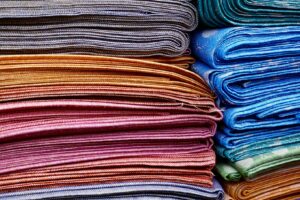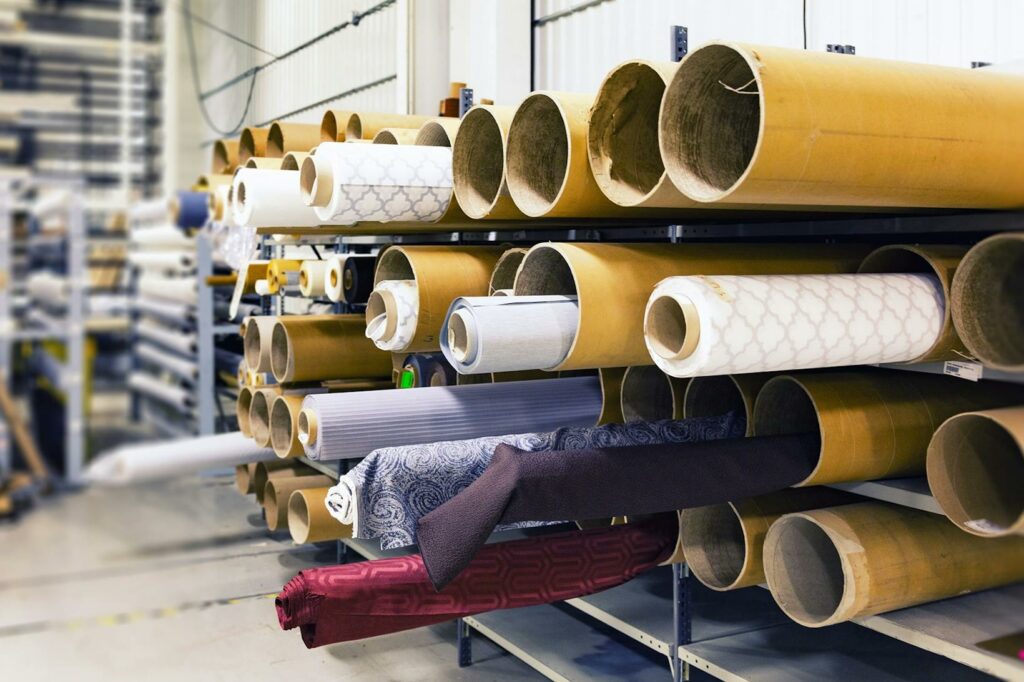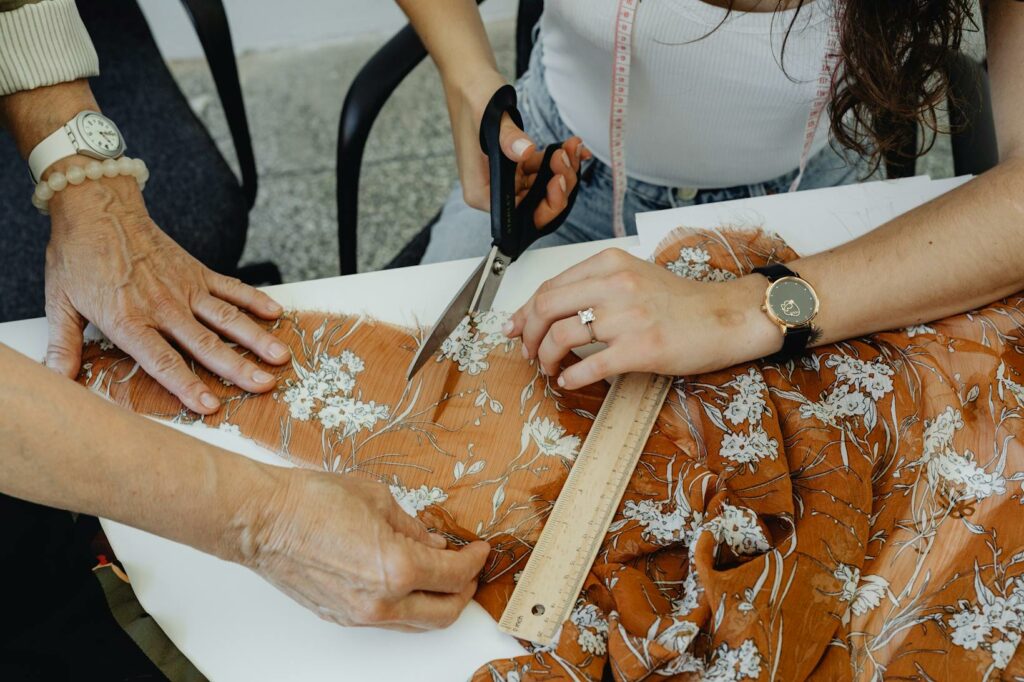In recent years, technological innovations have revolutionized the textile industry, reshaping the way fabrics are designed, produced, and utilized. From smart textiles that can monitor vital signs to sustainable materials created through cutting-edge processes, the landscape of textiles is evolving at a rapid pace. These advancements not only enhance the quality and functionality of textile products but also contribute to a more sustainable and efficient industry.
Technological Advances In The Textile Industry

Advancements in the textile industry have spurred remarkable innovations in fabric creation, production processes, and material functionality. These innovations have been driven by emerging technologies, transforming traditional textile practices.
The integration of automation, artificial intelligence, and 3D printing has revolutionized the sector, enhancing both creativity and operational efficiency.
Smart Textiles and Nano-Fibers
Smart textiles and nano-fibers represent cutting-edge developments in the industry. These materials are embedded with intelligent features that respond to external stimuli, making them highly versatile and adaptable. Incorporating nanotechnology into textile fibers has opened up a realm of possibilities, enabling the creation of fabrics with inherent functionalities such as self-cleaning, temperature regulation, and even the ability to monitor biological data. These advancements are propelling the textile industry into a new era of innovation and functionality.
Eco-Friendly and Sustainable Materials
The focus on environmental sustainability has led to the emergence of eco-friendly materials in textile production. Innovative materials such as recycled polyester, organic cotton, and bamboo fibers are gaining prominence due to their reduced environmental impact. These sustainable materials not only contribute to a greener planet but also meet the increasing consumer demand for environmentally conscious products. By leveraging these eco-friendly alternatives, the textile industry is aligning itself with global sustainability goals and driving forward a more responsible approach to material sourcing and production.
Breakthroughs in Textile Manufacturing Processes
The advancement of technology has significantly impacted the textile industry, revolutionizing manufacturing processes and fostering innovation in fabric production. Key areas showcasing these breakthroughs include automation and robotics, digital printing, and dyeing techniques.
Automation and Robotics
 Automation and robotics have streamlined textile manufacturing, enhancing efficiency and precision in various production stages. Automated systems perform tasks such as fabric cutting, sewing, and quality control, reducing manual labor and improving production speed. Robotics is increasingly utilized for intricate and delicate processes, ensuring consistent output quality and minimizing errors.
Automation and robotics have streamlined textile manufacturing, enhancing efficiency and precision in various production stages. Automated systems perform tasks such as fabric cutting, sewing, and quality control, reducing manual labor and improving production speed. Robotics is increasingly utilized for intricate and delicate processes, ensuring consistent output quality and minimizing errors.
This integration of automation and robotics not only accelerates the manufacturing process but also enhances the overall quality of textile products.
Digital Printing and Dyeing Techniques
Digital printing and dyeing techniques have transformed the way designs are applied to fabrics, offering extensive creative possibilities and sustainable solutions. Digital printing enables precise and intricate patterns to be printed directly onto fabric, eliminating the need for traditional printing plates and minimizing waste. With the ability to customize designs quickly and efficiently, digital printing allows for increased flexibility in production and reduced environmental impact. Advanced dyeing techniques, such as waterless dyeing and natural dye processes, are environmentally friendly alternatives that conserve water and reduce chemical usage, aligning with the industry’s sustainability goals. These innovative methods not only enhance design capabilities but also promote eco-conscious practices in textile manufacturing.
Impact of Technology on Fashion and Design
Advancements in technology have significantly influenced the fashion and design aspects of the textile industry. Through customization and on-demand manufacturing, companies can cater to specific customer needs more efficiently. Utilizing technology allows for personalized products with faster turnaround times, enhancing customer satisfaction.
Customization and On-Demand Manufacturing
Technology has revolutionized the textile industry by enabling customization and on-demand manufacturing. With the use of advanced software and machinery, companies can tailor products to individual preferences. This tailored approach not only meets customer needs more precisely but also reduces excess inventory, leading to cost savings and a more sustainable production process.
Enhanced Functionalities Through Technology
 Technology has also enhanced the functionalities of textile products in the fashion and design realm. Smart textiles embedded with sensors can monitor body movements, temperature, and even biometric data, opening up new possibilities for interactive clothing designs.
Technology has also enhanced the functionalities of textile products in the fashion and design realm. Smart textiles embedded with sensors can monitor body movements, temperature, and even biometric data, opening up new possibilities for interactive clothing designs.
Additionally, advancements in nanotechnology have led to fabrics with improved durability, water resistance, and even antibacterial properties, offering consumers innovative and functional clothing options.
Technological advancements continue to drive significant transformations in the textile industry. Challenges like enhancing machinery efficiency and reducing production costs remain, but future innovations such as 3D printing, embedded sensors, blockchain technology, and circular economy principles are set to drive the textile industry’s sustainable growth.



